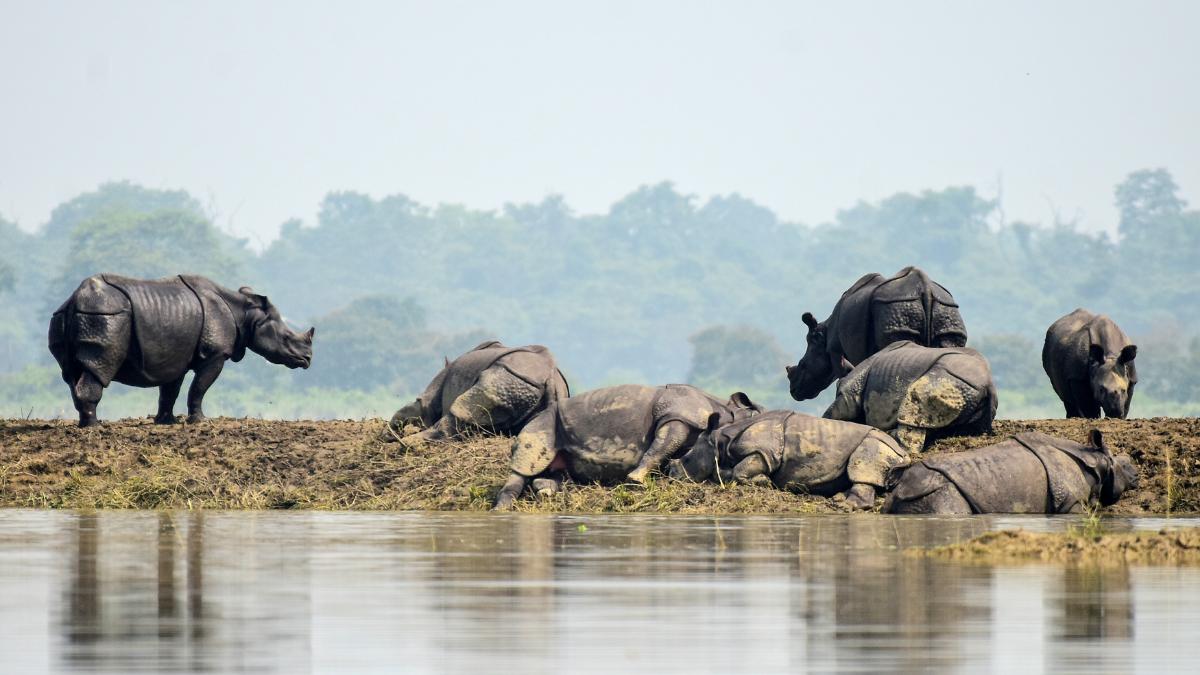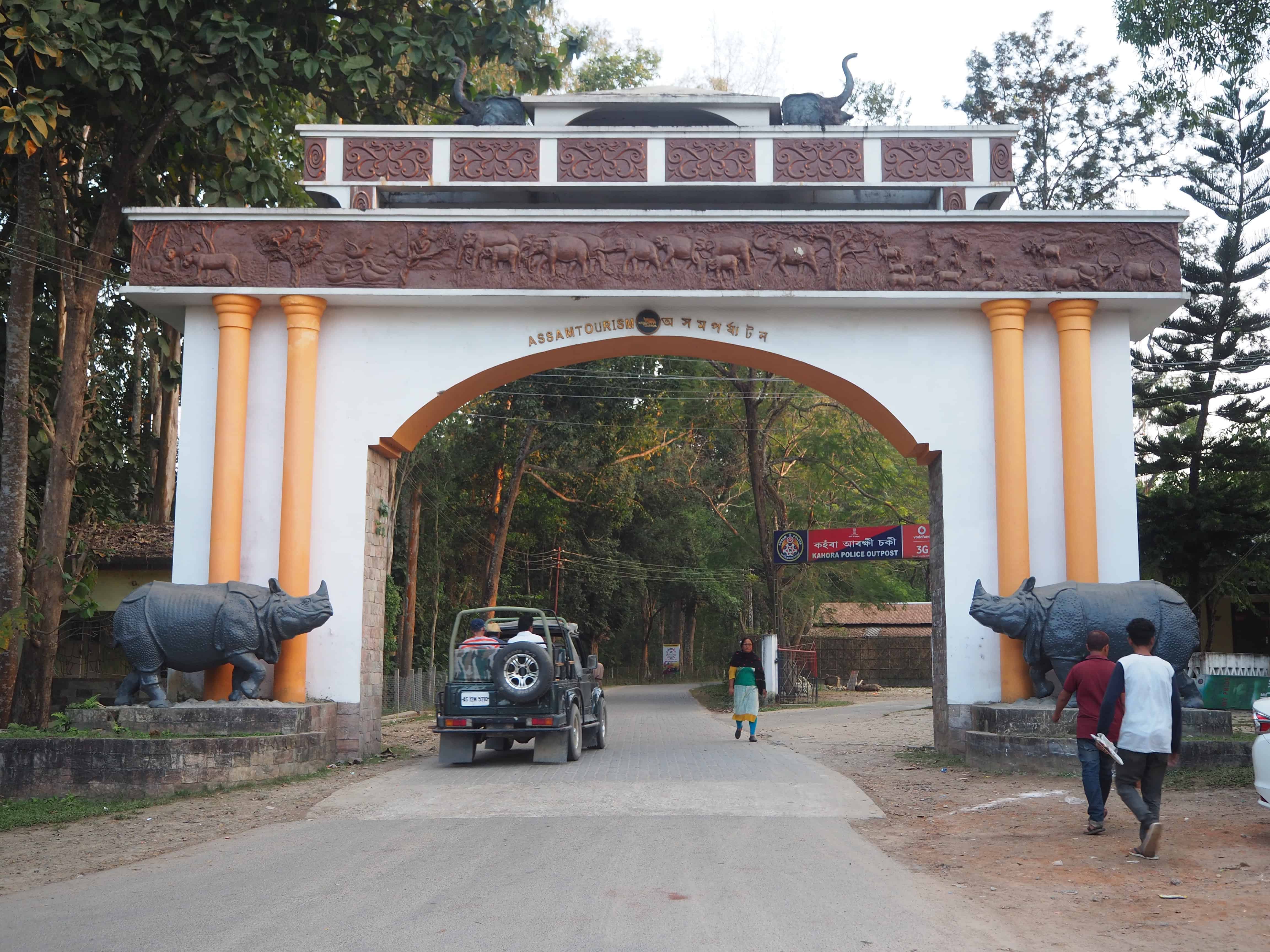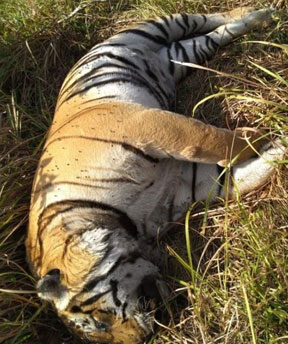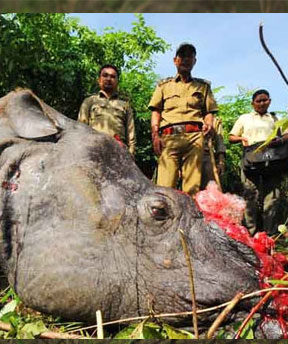
Origins: Rhinos in Assam’s floodplains of Kaziranga National Park
The Indian one-horned rhinoceros (Rhinoceros unicornis) has roamed the fertile floodplains of the Brahmaputra for thousands of years. Ancient texts, Mughal hunting accounts, and Assamese folklore mention these formidable animals. The dense grasslands and marshes of Assam, particularly in the Kaziranga region, offered ideal habitat—tall elephant grass, ample water and riverine forests.
However, by the late 19th century, the species faced alarming decline due to uncontrolled hunting, habitat conversion into tea gardens and settlements and periodic floods. British officers and local royalty frequently hunted rhinos for sport with trophies and horns prized possessions.

The birth of Kaziranga & Lady Curzon’s legacy
The story of modern rhino conservation in Kaziranga began in 1904, when Mary Curzon, wife of the Viceroy of India, visited the area hoping to see rhinos. To her dismay, none were sighted—hunters and poachers had nearly wiped them out. Alarmed- she persuaded her husband Lord Curzon to take protective measures.
- In the year of 1905, the area was declared a “Reserve Forest” marking the first formal step toward conservation. Over subsequent decades, its protection status gradually strengthened:
- 1916: Kaziranga upgraded to a “Game Sanctuary”, though regulated hunting was still permitted.
- 1950: Renamed Kaziranga Wildlife Sanctuary, with strict hunting bans enforced.
- 1974: Elevated to Kaziranga National Park under the Wildlife Protection Act.
Near-extinction & early recoveries of Rhinos
At the time of becoming a Game Sanctuary (1916), it is estimated that fewer than a dozen rhinos remained in Kaziranga. Strict patrolling, anti-poaching laws and restrictions on human encroachment allowed the population to slowly recover.
- By the 1950s, there were around 100 rhinos and by the 1970s, over 400. Parallel efforts included:
- Establishing anti-poaching camps and guard towers.
- Regular monitoring with local communities’ help.
- Preservation of crucial grasslands by controlled burning.
Poaching crisis & modern protection measures
From the 1980s to early 2000s, a new threat emerged—organized poaching rings driven by soaring demand for rhino horn in illegal international markets, especially for traditional medicine in parts of East Asia. Sophisticated poachers with automatic weapons infiltrated the park, sometimes aided by local informants.
This led to years of tense conservation battles. However, a robust multi-tiered protection strategy evolved:
- Permanent anti-poaching camps across Kaziranga (over 170 camps today).
- Use of modern surveillance: drones, thermal cameras and satellite phones.
- Rapid deployment teams & collaboration with Assam Police.
- Engaging fringe communities as conservation allies.
Despite occasional setbacks (notably during periods of insurgency or law-and-order gaps), these efforts reduced annual poaching mortality from double digits in the 1990s to low single digits by the 2020s.
The modern era of rhino boom
Kaziranga’s rhino population rebounded spectacularly—by 2022, census figures showed over 2,600 rhinos, roughly 70% of the world’s one-horned rhinos. This makes Kaziranga the single largest stronghold globally for this species. This recovery is regarded as one of the most successful large mammal conservation stories. It has also turned Kaziranga into a magnet for eco-tourists, drawing hundreds of thousands annually.
Challenges: Floods, encroachment & climate change
While poaching has been largely contained, Kaziranga faces other significant challenges:
- Annual Brahmaputra floods: These rejuvenate grasslands but also force wildlife (including rhinos) to flee to higher grounds, often crossing highways where many fall victim to speeding vehicles.
- Human settlements & land encroachment: Pressures on buffer zones continue, risking habitat shrinkage.
- Climate change impacts: Altered rainfall patterns could exacerbate flood frequency and intensity, affecting vegetation and water regimes crucial for rhinos.
Translocations & landscape-level Preservation
Recognizing the risks of concentrating so many rhinos in one park, the Assam government and WWF initiated the “Indian Rhino Vision 2020”, moving small groups to places like Manas National Park and Pobitora. This aims to create multiple secure populations, safeguarding against localized disasters or epidemics.
Today, the one-horned rhino is not just Kaziranga’s icon—it’s Assam’s state animal and a potent symbol of resilience. Murals, festivals and local crafts across Assam celebrate the rhino. It also stands as an international emblem of how decisive conservation action can bring a species back from the brink.
From the brink of disappearance in the early 1900s to hosting the world’s largest rhino population today, the history of the rhino in Kaziranga is a testament to long-term conservation commitment. It highlights the power of protected areas, community involvement and continuous vigilance in securing the future of one of Earth’s most remarkable creatures.


